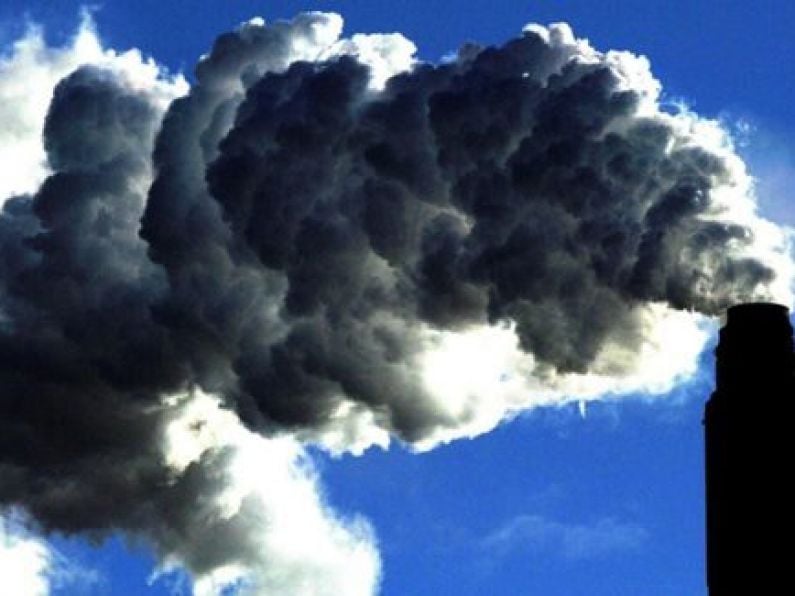Air pollution in Dublin at the weekend was back to levels not seen since before the ban on smoky coal was introduced 30 years ago.
As the Irish Times reports, data from the Environmental Protection Agency confirmed air pollution levels in Rathmines and Ringsend were up to 15 times higher than EU and World Health Organisation guidelines on Saturday night last.
Scientists at University College Cork, led by Prof John Wenger, who study the data said guideline limits were also breached consistently last week in a range of towns and cities including Ennis, Tralee, Cork city, Macroom and Enniscorthy.
Air pollution causes 1,300 premature deaths in the Republic each year, according to the EPA, and the authority’s State of the Environment 2020 report, published last week, and its Air Quality Report, published in October, warn of serious health implications from fine particulate matter in air.
Fine particulate matter (PM) is suspended dust that, when inhaled, has an adverse effect on respiratory diseases and is associated with chronic obstructive pulmonary disease, bronchial asthma, strokes, heart disease and some cancers while increasing the mortality rates of these diseases.
PM2.5 is associated with pollution from burning solid fuels, while PM10 is associated with pollution from traffic.
WHO air quality guidelines stipulate that PM2.5 should not exceed 10 micrograms per cubic metre, or 25 micrograms on a 24-hour average.
Burning, selling or marketing smoky coal is banned in Enniscorthy, Carlow, Clonmel, Wexford, Waterford and Kilkenny City.
However, last week these limits were exceeded frequently, with recorded levels of PM2.5 reaching almost 400 in Ringsend, and more than 300 in Rathmines. A
According to Prof Wenger certain weather conditions such as a lack of wind combined with geographical features such as surrounding hills, can cause smoke from fossil fuels to remain in place, resulting in serious air pollution.






